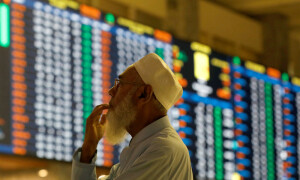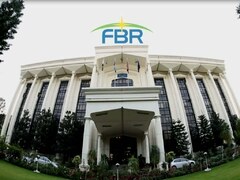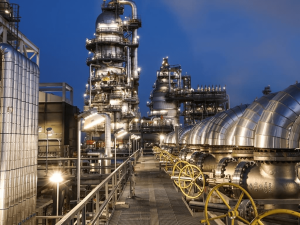Precious coal
Coal has had no time to rest. When covid hit, prices hit a slump as demand dropped but as soon as lockdown restrictions lifted, coal prices were in a frenzy, surging sharply in a matter of days. Massive demand was orginating from China that had earlier shut down many coal plants within the country, now suddenly relying much more heavily on imports. Prices began to ease when China ramped up demand internally but before they had the chance to take a breather, coal prices began to shoot up again.
The most latest culprit are a confluence of factors including increased demand in power generation as economic activity across the world is resuming and soaring natural gas prices in Europe leading to fuel switching. The real kicker came in the form of the Russia-Ukraine war where prices rose dramatically overnight. In March of this year, Australian and South African coal futures nearly reached their near historic peaks, short of a few dollars from the actual peak in 2008. Russia is a major fuel market for Europe where sanctions have come hard on coal (the bloc still mulling over oil and gas bans).

Prices began to ease again as covid made a short comeback and China closed down tempeorily amid its zero-covid strategy. Now with restrictions lifted, coal prices are back up again, and with a vengeance. What that means for coal importers is subsantially expensive coal when other fuels, commodities and inputs are already pressing down on their wallets hard. In Pakistan, many manufacturers have been shifting to Afghan coal which was more affordable compared to the South African coal (Richards Bay). But not only is Afghan coal becoming pricier because of increased demand, the Afghan government has slapped a 10 percent duty on Afghan coal exports. The result of rising exports has left domestic users of coal in Afghanistan at a disadvantage as they struggle to pay the higher price of a precious commodity that was supposed to be priced lower than international prices.
Coal prices are supposed to ease as China ramps up production. It is already financing a host of new coal projects, hoping to rely more on coal than on expensive gas. This will ease supply shortages. However, at prevailing global rates, local cement manufacturers in Pakistan that are already grappling with reduce domestic and foreign demand may cut down on coal usage but keeping plants running undercapacity. It’s the only way to ride out the storm.



























Comments
Comments are closed.